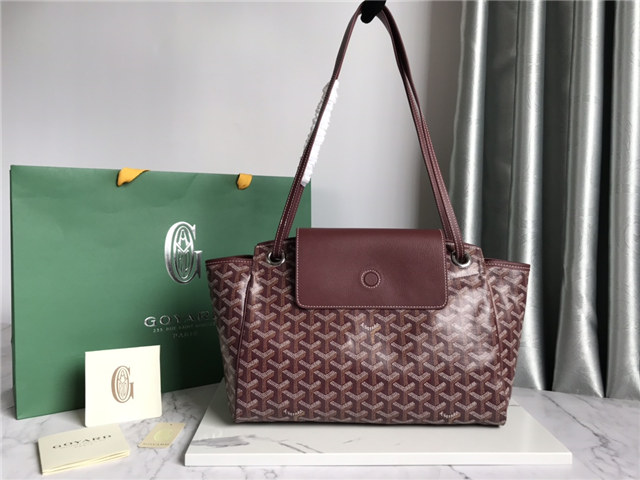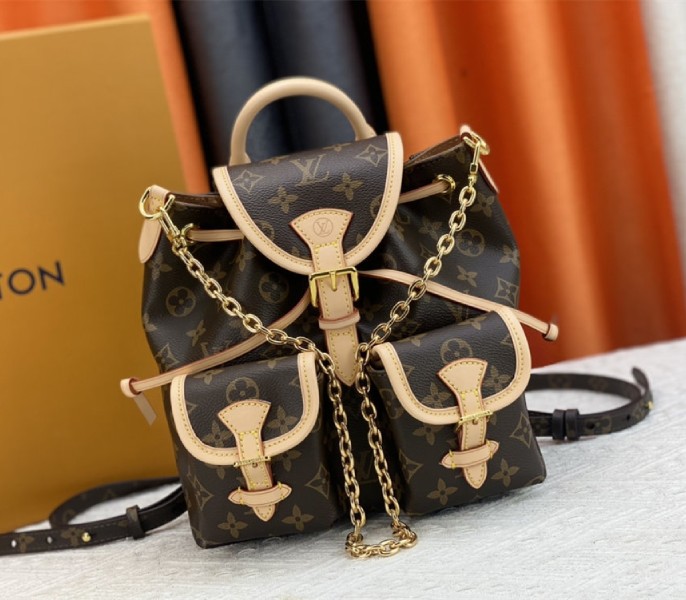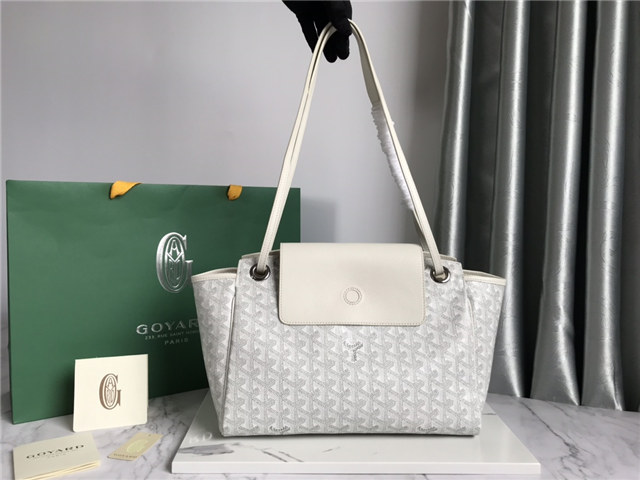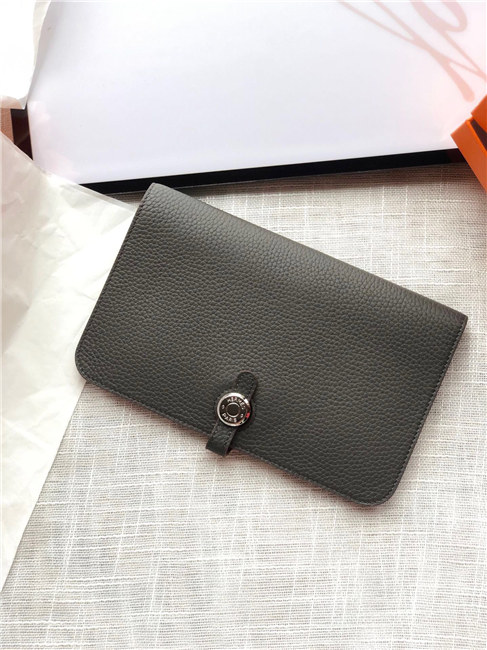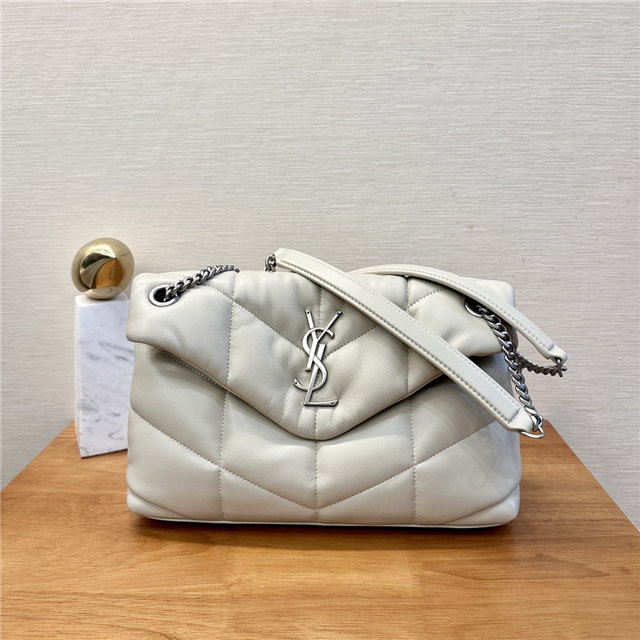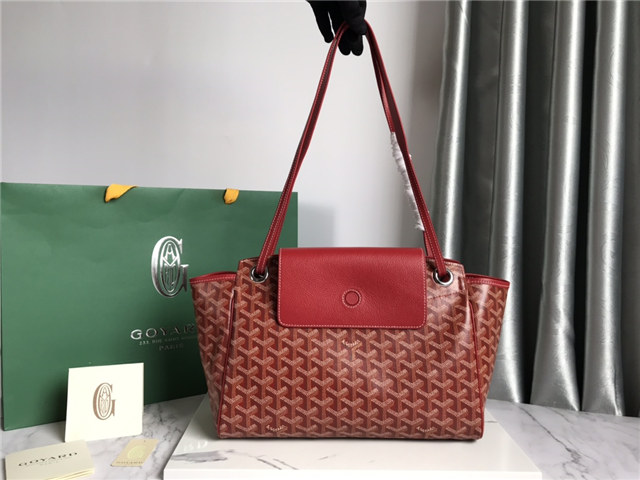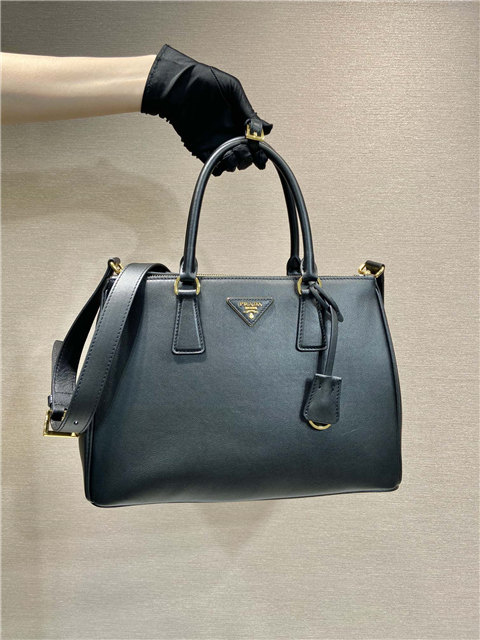First off, and this is just my opinion – if it seems too good to be true, it probably IS. You know, that Ritz watch going for like, pocket change online? Red flag, my dude. HUGE red flag.
I’ve seen some pretty convincing fakes out there. Like, they almost got me. But here’s the deal: those sneaky counterfeiters often slip up on the DETAILS. We’re talkin’ the teeny tiny stuff. For example, I remember reading this article where they were ripping apart a fake designer watch, and the first thing they called out was spelling errors on the dial. Like, seriously? You can’t even spell the name right? Come on! That’s amateur hour.
And yeah, the movement is a dead giveaway in many cases. That article about fake Rolexes (or was it? all these watch names start to blur together, lol) mentioned how the movement will tell you everything. If they’re using some cheapo, generic movement in a watch that’s supposed to have a super fancy in-house one, run. Don’t walk. RUN.
Now, I saw this other piece talking about Seiko, and how to avoid getting duped. And that reminded me of this Alpinist fake someone got their hands on. It’s insane how close they can get these days, but even there, the devil’s in the details. The text on the dial, the way the hands are finished… stuff like that.
Then there’s the dial itself. The markings, the font, the overall quality… fakers usually can’t nail this. They use cheaper materials, the printing is fuzzy, the details are off. It’s like trying to copy the Mona Lisa with crayons. Almost, but not quite.
And don’t even get me started on 904L steel or whatever other fancy materials the real deal uses. These guys are probably using whatever scrap metal they can find down the street.
Look, I’m no expert. But I’ve seen enough shady stuff online to know you gotta be careful. Do your research. Compare the watch you’re thinking of buying to pictures of the genuine article. Look for reviews (but beware of fake reviews!). And most importantly, trust your gut. If something feels off, it probably is.


